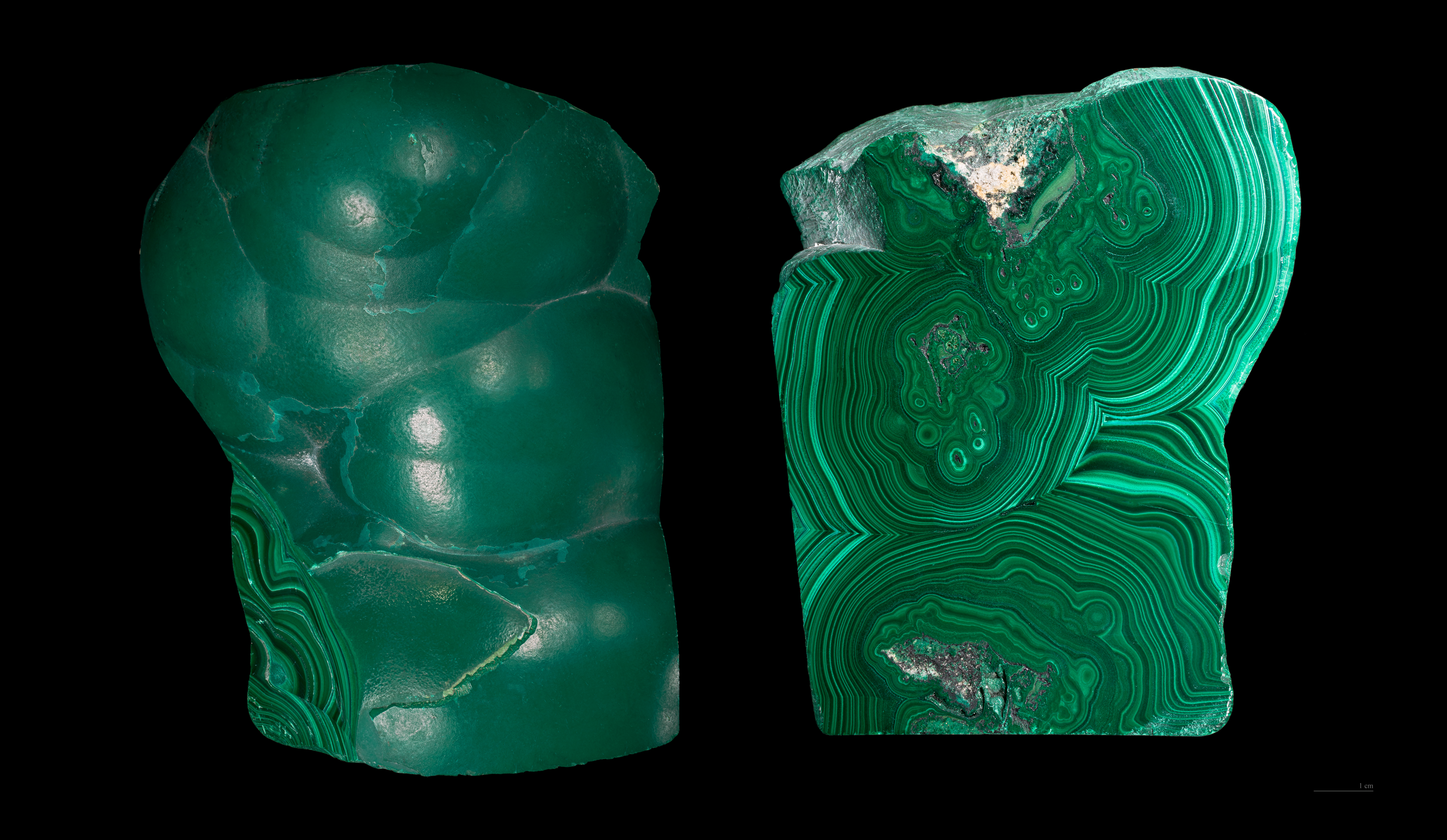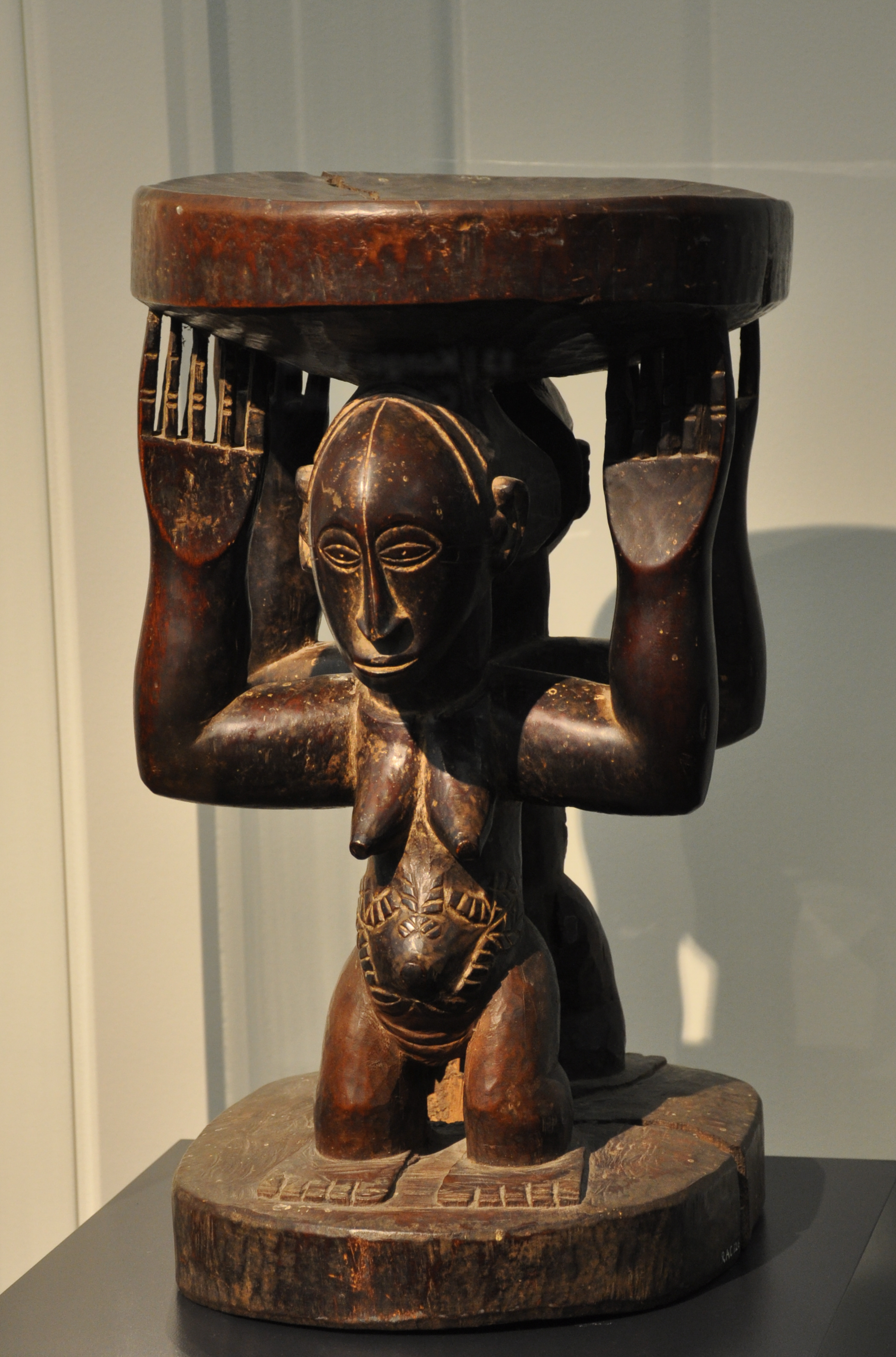|
Tumbwe People
The Tumbwe people are a Bantu ethnic group living mostly in Tanganyika District of the Democratic Republic of the Congo. The Tumbwe are a small group of about 100,000 people whose homeland is on the west shore of Lake Tanganyika. They take their name from a hereditary chief of the Sanga people. Other people in the region include the related Luba, Tabwa and Hemba. The Tumbwe Chiefdom is an administrative area around the port of Kalemie, on Lake Tanganyika, where the Lukuga River leaves the lake. The Tumbwe, who live between the road leading south from Kalemie Kalemie, formerly Albertville or Albertstad, is a city on the western shore of Lake Tanganyika in the Democratic Republic of the Congo. The Lukuga River, that drains Lake Tanganyika to the Lualaba River, runs through the city. Kalemie is the capi ... and the lake, may be the oldest settled group in the area. Traditionally the Tumbwe made their living by small-scale farming and by fishing on the lake. Today, growing number ... [...More Info...] [...Related Items...] OR: [Wikipedia] [Google] [Baidu] |
Katanga Province
Katanga was one of the four large provinces created in the Belgian Congo in 1914. It was one of the eleven provinces of the Democratic Republic of the Congo between 1966 and 2015, when it was split into the Tanganyika Province, Tanganyika, Haut-Lomami, Lualaba Province, Lualaba, and Haut-Katanga provinces. Between 1971 and 1997 (during the rule of Mobutu Sese Seko when Congo was known as Zaire), its official name was Shaba Province. Katanga's area encompassed . Farming and ranching are carried out on the Katanga Plateau. The eastern part of the province is a rich mining region which supplies cobalt, copper, tin, radium, uranium, and diamonds. The region's former capital, Lubumbashi, is the second-largest city in the Congo. History Copper mining in Katanga dates back over 1,000 years, and mines in the region were producing standard-sized ingots of copper for international transport by the end of the 10th century CE. In the 1890s, the province was beleaguered from the south by ... [...More Info...] [...Related Items...] OR: [Wikipedia] [Google] [Baidu] |
Sanga Language (Bantu)
Sanga, or Luba-Sanga, is a Bantu language of the Democratic Republic of Congo The Democratic Republic of the Congo (DRC), also known as the DR Congo, Congo-Kinshasa, or simply the Congo (the last ambiguously also referring to the neighbouring Republic of the Congo), is a country in Central Africa. By land area, it is t .... It is closely related to Luba-Katanga. References Luban languages Languages of the Democratic Republic of the Congo {{DRCongo-stub ... [...More Info...] [...Related Items...] OR: [Wikipedia] [Google] [Baidu] |
Tanganyika District
Tanganika District was a district of the pre-2015 Katanga Province in the Democratic Republic of the Congo. The district dates back to the days of the Belgian Congo. At its greatest extent it roughly corresponded to the present Tanganyika Province, with a small portion in the southwest now in Haut-Lomami Province. Belgian Congo The original four provinces of the Belgian Congo had considerable autonomy, but in 1933 they were reorganized into six provinces, named after their capitals, and the central government assumed more control. Katanga became Elisabethville Province. The number of districts in the colony was reduced to 15. Elisabethville Province was divided into Lualaba District in the west, and Tanganika and Haut-Katanga districts in the east. Tanganika District was formed from the northern part of the Tanganika-Moero District. A 1955–1957 map shows Tanganika District bordering Maniema District and Sud-Kivu District to the north, British territories to the east, Luap ... [...More Info...] [...Related Items...] OR: [Wikipedia] [Google] [Baidu] |
Lake Tanganyika
Lake Tanganyika ( ; ) is an African Great Lakes, African Great Lake. It is the world's List of lakes by volume, second-largest freshwater lake by volume and the List of lakes by depth, second deepest, in both cases after Lake Baikal in Siberia. It is the world's longest freshwater lake. The lake is shared among four countries—Tanzania, the Democratic Republic of the Congo (the DRC), Burundi, and Zambia—with Tanzania (46%) and the DRC (40%) possessing the majority of the lake. It drains via the Lukuga River into the Congo River system, which ultimately discharges at Banana, Democratic Republic of the Congo into the Atlantic Ocean. Geography Lake Tanganyika is situated within the Albertine Rift, the western branch of the East African Rift, and is confined by the mountainous walls of the valley. It is the largest rift lake in Africa and the second-largest freshwater lake by volume in the world. It is the deepest lake in Africa and holds the greatest volume of fresh water on the ... [...More Info...] [...Related Items...] OR: [Wikipedia] [Google] [Baidu] |
Sanga People
The Sanga people (also ''Luba-Garenganze'', ''Luba-Sanga'' or ''Southern Luba'') are an ethnic group that lives mostly in the Katanga Province of the Democratic Republic of the Congo. The missionary Frederick Stanley Arnot relates that a copper trader named Kalasa became a close friend of the old chief of Sanga. At one point Kalasa's son Msidi (Msiri) visited the Sanga country instead of his father, where he found the people at war with the Baluba people, who were invading from the north. Msiri's party had four guns, unknown weapons in the area at that time, and a few shots from the guns put the Baluba to flight. The old chief was grateful, gave Msiri increasing power, end eventually made him his successor. Mziri founded the state of Geranganze with its capital at Bunkeya and took the title of king in 1870. Shortly after this the Sanga people revolted against Msiri's rule, led by their chief Mpande. In the 1890s the Sanga put up a strong resistance to the colonial ''Force Publique ... [...More Info...] [...Related Items...] OR: [Wikipedia] [Google] [Baidu] |
Luba People
The Luba people or Baluba are a Bantu ethno-linguistic group indigenous to the south-central region of the Democratic Republic of the Congo. The majority of them live in this country, residing mainly in Katanga Province, Katanga, Kasai Province, Kasaï, Kasaï-Oriental, Kasaï-Central, Lomami Province, Lomami and Maniema. The Baluba consist of many sub-groups or clans. The Baluba developed a society and culture by about the 400s CE, later developing a well-organised community in the Upemba Depression known as the Baluba in Katanga confederation. Luba society consisted of miners, smiths, woodworkers, potters, crafters, and people of various other professions. Kingdoms of the Savanna: The Luba and Lunda Empires Alexander Ives Bortolot (2003), Department of Art History and Archaeology, Columbia Univ ... [...More Info...] [...Related Items...] OR: [Wikipedia] [Google] [Baidu] |
Tabwa People
The Lungu are a tribe of two Bantu ethnic groups i.e. the Lungu of Chief Tafuna (Mambwe-Lungu) and the Lungu of Chief Mukupa Kaoma (Malaila-Lungu). The Mambwe Lungu, who are the main focus of this article are located primarily on the southwestern shores of Lake Tanganyika in Rukwa Region's Kalambo District, Tanzania and northeastern Zambia mainly in Mpulungu and Mbala district. In 1987 the Lungu population in Tanzania was estimated to number 34,000. The number of Lungu in Zambia has not been independently estimated, though the combined number of Mambwe and Lungu in Zambia was estimated to be 262,800 in 1993. History Origins The Tafuna Dynasty together with that of Mukupa Kaoma and the Tabwa chiefly dynasties belong to the matrilineal Zimba (leopard) clan. The commoners under Tafuna, however, are patrilineal and have close affinities with the Mambwe, whereas the Malaila Lungu of Mukupa Kaoma are all matrilineal and have far more in common with the Bemba. The two main groups ... [...More Info...] [...Related Items...] OR: [Wikipedia] [Google] [Baidu] |
Hemba People
The Hemba people or Luba-Hemba people (or ''Eastern Luba, Bahemba'') are a Bantu ethnic group in the Democratic Republic of the Congo (DRC). History The Hemba language belongs to a group of related languages spoken by people in a belt that runs from southern Kasai to northeastern Zambia. Other peoples speaking related languages include the Luba of Kasai and Shaba, the Kanyok, Songye, Kaonde, Sanga, Bemba and the people of Kazembe. Today, the Hemba people live in the north of Zambia, and their language is understood throughout Zambia. Some also live in Tanzania. They live west of Lake Tanganyika and Lake Mweru in the Democratic Republic of the Congo, and their villages are found several hundred miles up the Lualaba River. The Hemba people migrated eastward to the Lualaba valley from the Luba Empire, probably some time after 1600. They traded salt for iron hoes made in the Luba heartland, and wore raphia cloth that came by way of the Luba from the Songye people further to ... [...More Info...] [...Related Items...] OR: [Wikipedia] [Google] [Baidu] |
Kalemie
Kalemie, formerly Albertville or Albertstad, is a city on the western shore of Lake Tanganyika in the Democratic Republic of the Congo. The Lukuga River, that drains Lake Tanganyika to the Lualaba River, runs through the city. Kalemie is the capital of Tanganyika Province. History From 1886 to 1891, the Society of Missionaries of Africa had founded catholic missions at the north and south ends of Lake Tanganyika. Léopold Louis Joubert, a French soldier and armed auxiliary, was dispatched by Archbishop Charles Lavigerie's Society of Missionaries of Africa to protect the missionaries. The missionaries abandoned three of the new stations due to attacks by Tippu Tip and Rumaliza. By 1891 the Arab slave traders had control of the entire western shore of the lake, apart from the region defended by Joubert around Mpala and ''St Louis de Mrumbi''. The anti-slavery expedition under Captain Alphonse Jacques—financed by the Belgian Anti-Slavery Society—came to the relief of Jou ... [...More Info...] [...Related Items...] OR: [Wikipedia] [Google] [Baidu] |
Lukuga River
The Lukuga River () is a tributary of the Lualaba River in the Democratic Republic of the Congo (DRC) that drains Lake Tanganyika. It is unusual in that its flow varies not just seasonally but also due to longer term climate fluctuations. Location The Lukuga runs along the northern edge of the Katanga Plateau. The river leaves Lake Tanganyika at Kalemie and flows through a gap in the highlands westward through Tanganyika Province to join the Lualaba between Kabalo and Kongolo. Typically the river accounts for 18% of water loss from the lake, with the rest being due to evaporation. The Lukuga is heavily mineralized. The proportions of ionic contents where the Lukuga River leaves the lake, with magnesium and potassium more prevalent than calcium and sodium, are caused by the Albertine Rift's hydrothermal inputs, as seen also at the outlets of Lake Kivu and Lake Edward. It seems likely that the present hydrological system was established quite recently when the still-active Vi ... [...More Info...] [...Related Items...] OR: [Wikipedia] [Google] [Baidu] |
Bantu Peoples
The Bantu peoples are an Indigenous peoples of Africa, indigenous ethnolinguistic grouping of approximately 400 distinct native Demographics of Africa, African List of ethnic groups of Africa, ethnic groups who speak Bantu languages. The languages are native to countries spread over a vast area from West Africa, to Central Africa, Southeast Africa and into Southern Africa. Bantu people also inhabit southern areas of Northeast African states. There are several hundred Bantu languages. Depending on the definition of Dialect#Dialect or language, "language" or "dialect", it is estimated that there are between 440 and 680 distinct languages. The total number of speakers is in the hundreds of millions, ranging at roughly 350 million in the mid-2010s (roughly 30% of the demographics of Africa, population of Africa, or roughly 5% of world population, the total world population). About 90 million speakers (2015), divided into some 400 ethnic or tribal groups, are found in the Democratic Re ... [...More Info...] [...Related Items...] OR: [Wikipedia] [Google] [Baidu] |




